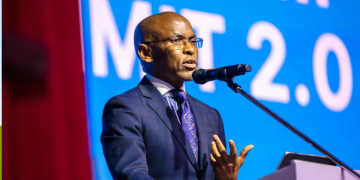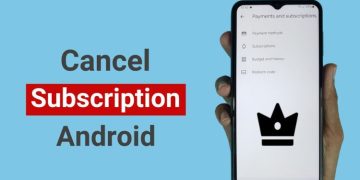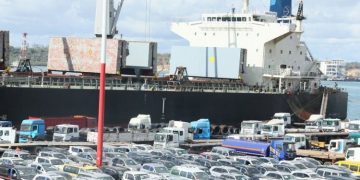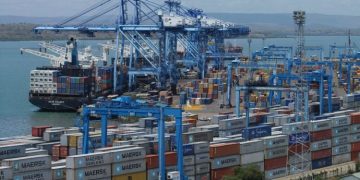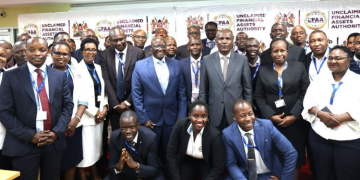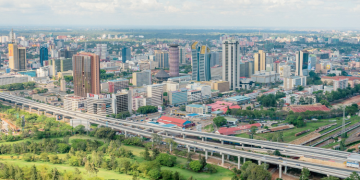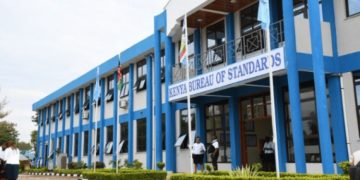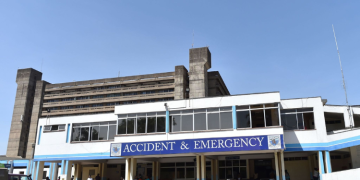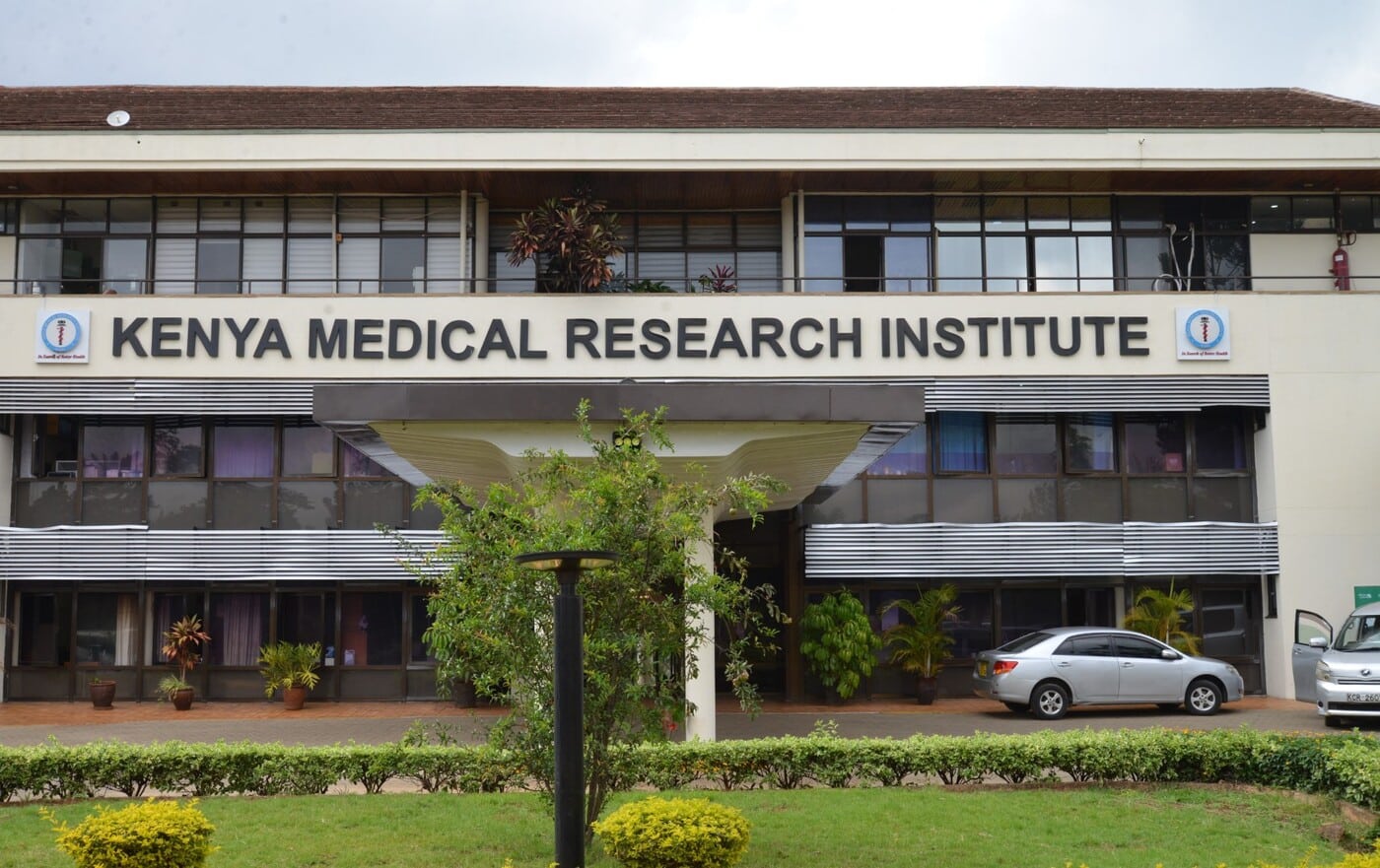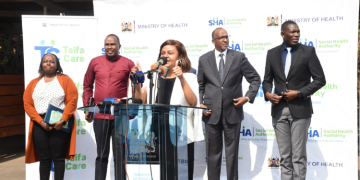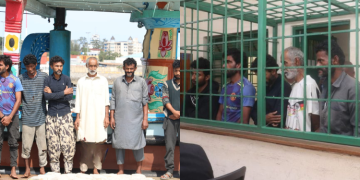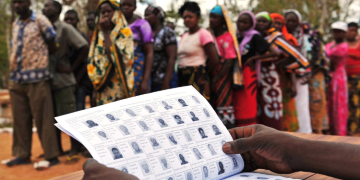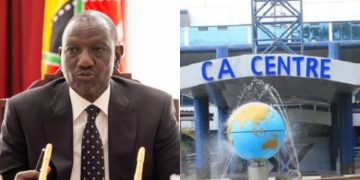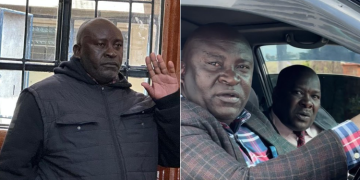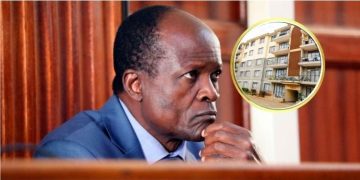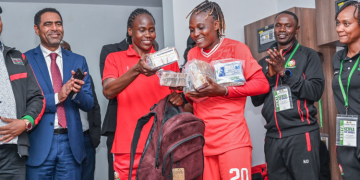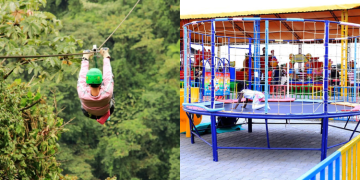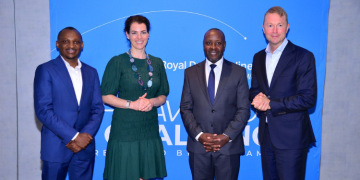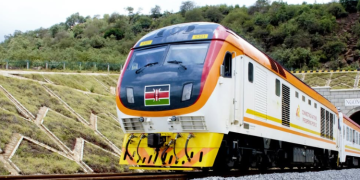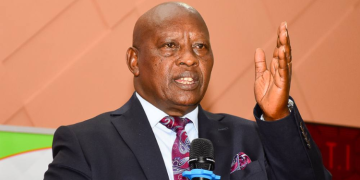To apply for a mining license in Kenya, you must follow a structured process governed by the Mining Act of 2016 and administered through the Online Mining Cadastre System.
These requirements span legal, financial, technical, environmental, and tax compliance domains.
This article provides a comprehensive step-by-step guide to applying for a mining license in Kenya.
Types of Mining Licenses in Kenya
The government issues five main types of licenses:
- Prospecting License: For mineral exploration; valid for two years.
- Mining License: For commercial extraction; valid for five years.
- Special Mining License: For large-scale operations; valid up to 25 years.
- Artisan and Small-Scale Mining License: For community-based mining; valid for three years.
- Mineral Dealer License: For trading minerals such as gold and copper.
Eligibility Criteria
To qualify for a mining license in Kenya, an applicant must be a registered business entity with legal access to the land intended for mining.
Consent from landowners or county authorities is required for private or trust land.
Financial capacity must be proven through bank statements or audited accounts, while foreign applicants must show a minimum investment of USD 100,000 (Ksh12.9 million).
Technical expertise is mandatory, either through in-house professionals or partnerships with qualified geologists and engineers.
A feasibility study must accompany the application.
Environmental compliance is enforced through a NEMA-approved Environmental Impact Assessment report.
Tax compliance is verified via a valid KRA Tax Compliance Certificate.
All applications are submitted online through the Mining Cadastre Portal and reviewed by the Mineral Rights Board before final approval by the Cabinet Secretary.
Application Procedure
All applications must be submitted through the Online Mining Cadastre Portal, which serves as the central platform for mineral rights management.
The process begins with registration on the portal, where applicants create an account and provide basic company information.
Once registered, applicants upload required documents, including proof of land access, a NEMA-approved Environmental Impact Assessment report, a KRA Tax Compliance Certificate, and evidence of financial and technical capacity.
Applicants must also submit geospatial coordinates of the area they intend to mine.
The system automatically marks the zone as “taken,” preventing overlapping claims.
The application is then reviewed by the Licensing Division, which checks for completeness before forwarding it to the Mineral Rights Board (MRB).
The MRB evaluates the application and advises the Cabinet Secretary for Mining, who makes the final decision to approve or reject the license.
If approved, the license is prepared, registered, and dispatched to the applicant.
This digital system has significantly improved transparency and efficiency, reducing conflicts over mining zones and ensuring accountability in the licensing process.
Compliance and Monitoring
Licensees must submit periodic reports to the State Department for Mining.
Production Returns must be submitted monthly, quarterly, and annually, detailing the quantity and quality of minerals extracted, including ore grades and recovery rates.
Also Read: How to Apply for a Noise Pollution Permit in Kenya
These reports help track resource use and ensure accurate royalty assessments.
Royalty Returns are filed quarterly and document payments made to the government based on the value of minerals sold.
This ensures transparency in financial contributions to the state.
Mine Development Returns are submitted quarterly, providing updates on site preparation, infrastructure development, environmental mitigation, and community engagement.
These reports must include maps, photographs, and expenditure breakdowns.
Gross Sales and Revenue Reports are submitted monthly and annually, summarizing mineral sales, operational costs, and statutory payments.
Also Read: Step-by-Step Guide to Applying for a Coastal Zone Management Permit
These reports are critical for financial oversight and policy planning.
Failure to submit these reports on time may result in license suspension or revocation.
The Ministry of Mining monitors compliance through the Online Mining Cadastre System, which flags delays and discrepancies.
Follow our WhatsApp Channel and X Account for real-time news updates.


